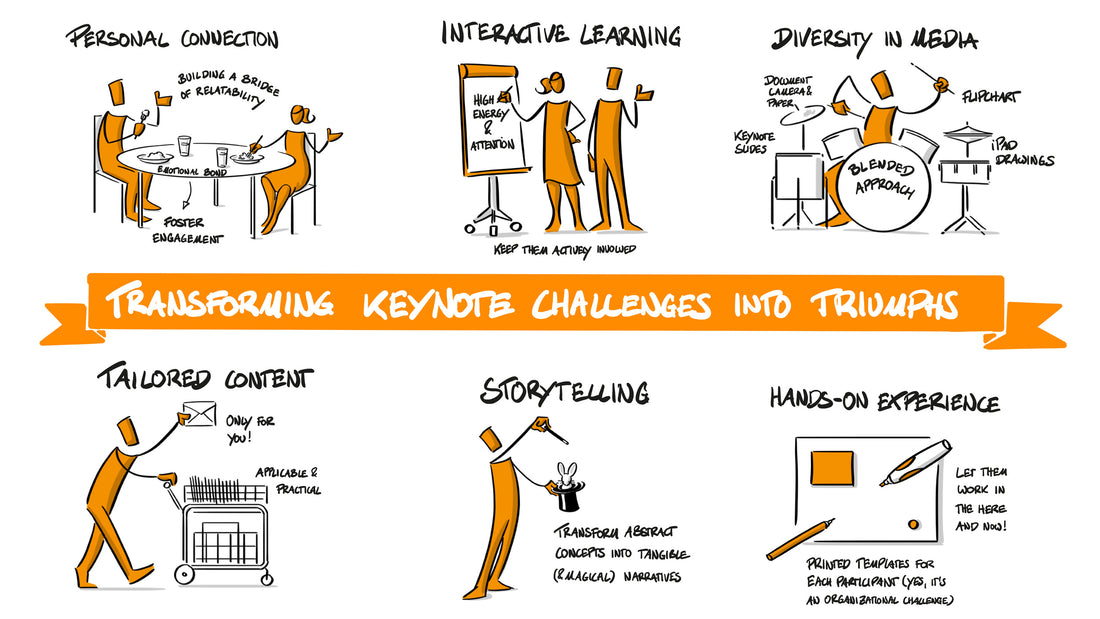I recently faced a unique challenge as a keynote speaker: capturing the attention of an audience at the end of a long, one-and-a-half-day event. It was a sleepy, dark November Saturday afternoon at 4:30 PM, yet the experience transformed into a rewarding journey for both me and the 100 participants. Here’s how I turned this challenge into a memorable success.
1. The Power of Personal Connection I began with my own story, sharing my career's trajectory, complete with its highs and lows. This narrative was not just about sharing; it was about building a bridge of relatability. By opening up about my life, including my experiences with autism and raising neurodivergent children, I created an emotional bond. This initial connection paved the way for a deeper engagement with the content that followed.

2. Engaging Through Interactive Learning To keep the audience's energy and attention, I incorporated interactive elements every five to six minutes. Based on the principles of adult learning, these activities varied from group discussions to individual reflections. This approach kept the audience actively involved, transforming their role from passive listeners to engaged participants.

3. Diversity in Presentation Media Embracing the blended approach from my own book, Creating Clarity, I used a variety of media – a document camera for sketchnotes, dynamic keynote slides, an iPad presentation, and a flip chart. This variety catered to different learning styles and kept the audience intrigued. By preemptively telling them about the diverse media, I primed them to appreciate the dual learning opportunity in both content and presentation style.

4. Tailoring Content for the Audience Every piece of content was meticulously designed to resonate with the audience, in this case journal enthusiasts. This customization made the content directly applicable and actionable for their lives. By connecting concepts back to journaling and extending them to broader applications like business contexts, I ensured the relevance and utility of the information shared.

5. Storytelling: A Path to Engagement Wrapping theoretical insights in stories, each accompanied by visual aids, transformed abstract concepts into tangible narratives. This storytelling method, enriched with visual elements, made the content more digestible and memorable. The extra storytelling magic did its wonders.

6. Hands-On Experience Physical materials for exercises added a tactile dimension to the learning experience. For instance, the achievement wall template with stickers allowed participants to actively engage with the content, creating a dynamic and memorable learning environment. Also, three printed templates made them think deeply, but briefly, about their own challenges. And yes, this added some organisational challenges to the keynote, but even with hundreds of participants, this is possible.

Reflecting on this experience, the key takeaway is the importance of adaptability and attentiveness to your audience's needs. Intertwining personal stories, interactive elements, diverse media, and tailored content can transform any speaking opportunity into an impactful experience.
As you embark on your own journey of presentations and speeches, I encourage you to ponder these two questions:
- How can you weave elements of your personal journey into your presentations to foster a deeper connection with your audience?
- In what innovative ways can you incorporate interactive and diverse media elements to keep your audience engaged and participative?
I hope these insights inspire you to approach your presentations with a renewed perspective. Remember, it's about making a lasting impression and truly connecting with your audience.

